An ancient desert wall in northern Peru was built to protect precious farmland and canals from El Nino floods.
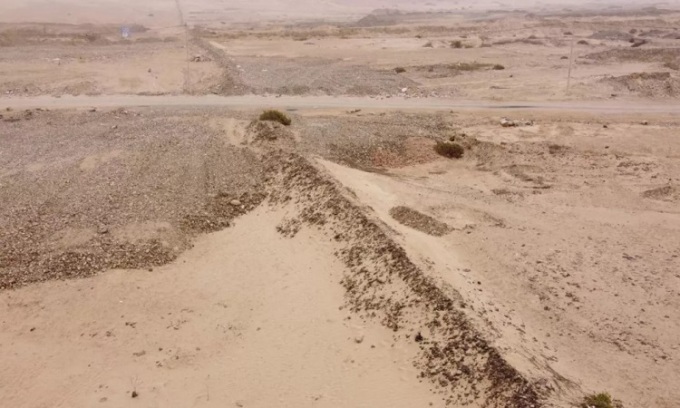
The remains of a 10km-long earthen wall run through the desert of northern Peru. Photo: Gabriel Prieto
Many archaeologists believe the wall, called Muralla La Cumbre, near Trujillo, was built by the Chimú people to protect their land from invasions by their long-time enemies, the Incas. But the latest research supports the theory that the 6.5-mile-long (10-kilometer) wall across the desert helped prevent flooding during the wettest periods of the weather cycle in northern Peru, Live Science reported on June 26. That’s during El Niño, which brings heavy rains to the region around Christmas every few years.
While El Niño brings drought to some parts of the world , it also brings heavy rain to Ecuador and northern Peru. El Niño-related flooding has been occurring there for thousands of years and is a major threat to the Chimú people, according to Gabriel Prieto, an archaeologist at the University of Florida. “Normally, the annual rainfall there is very low, almost no rainfall. So the increased rainfall would be very damaging,” Prieto explains.
The Chimú Kingdom of Chimor was founded around 900 CE. The Chimú worshiped the moon, not the sun, as did the Incas. Their land was conquered by the Incas in 1470, decades before the Spanish arrived in South America. Today, the Chimú are known primarily for their distinctive ceramics and metalwork, as well as the ruins of their capital city, Chan Chan.
Prieto examined the 2.5-meter-high section of La Cumbre and found that several layers of flood deposits were present only on the eastern side, suggesting that the structure was built to protect Chimú farmland to the west, near the coast. Radiocarbon dating of the lowest layers revealed that the wall was built around 1100, possibly after a major El Niño flood during that period. The wall spanned two riverbeds that were flooded during El Niño. Preventing flooding of farmland also helped protect the Chan Chan capital, which was connected by a network of canals.
Prieto has found evidence of mass child sacrifice by the Chimú, including the remains of 76 victims at Pampa La Cruz near Huanchaco, a few kilometers northwest of Trujillo. Radiocarbon dating has shown that one of the sedimentary layers along the wall dates to 1450, when more than 140 children and 200 llamas were sacrificed. According to him, the Chimú knew the risk of El Niño-related flooding every few years. As a result, the ruling class of society used natural disasters to consolidate power through sacrifice.
An Khang (According to Live Science )
Source link


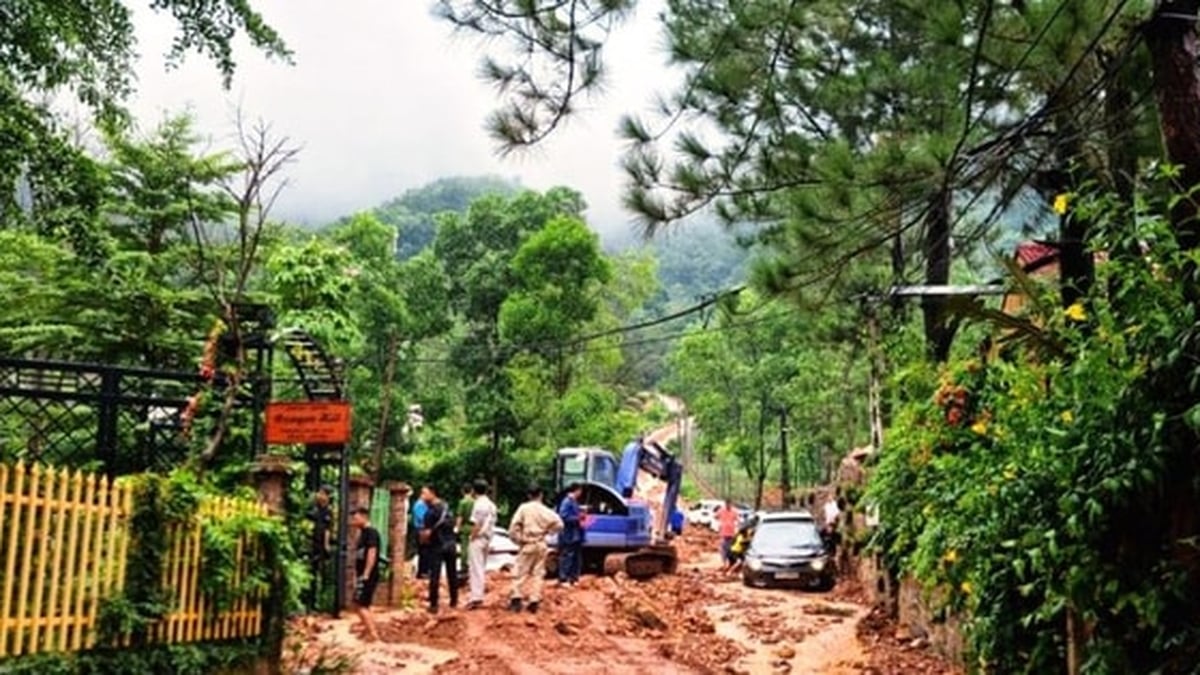


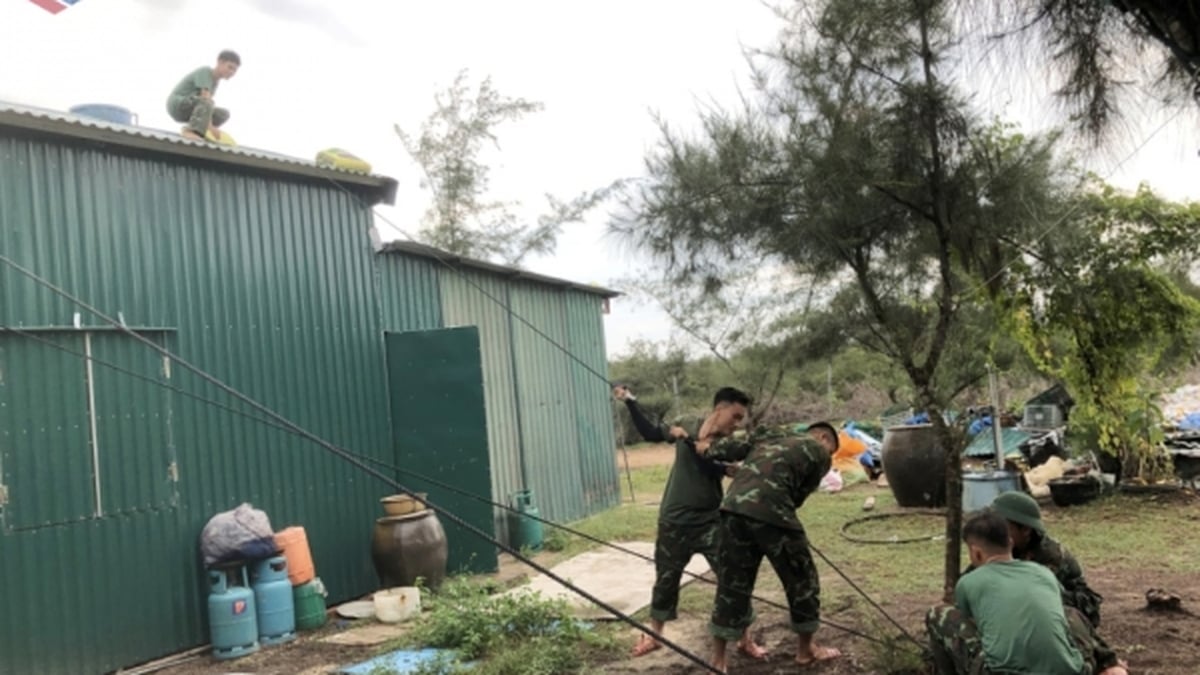

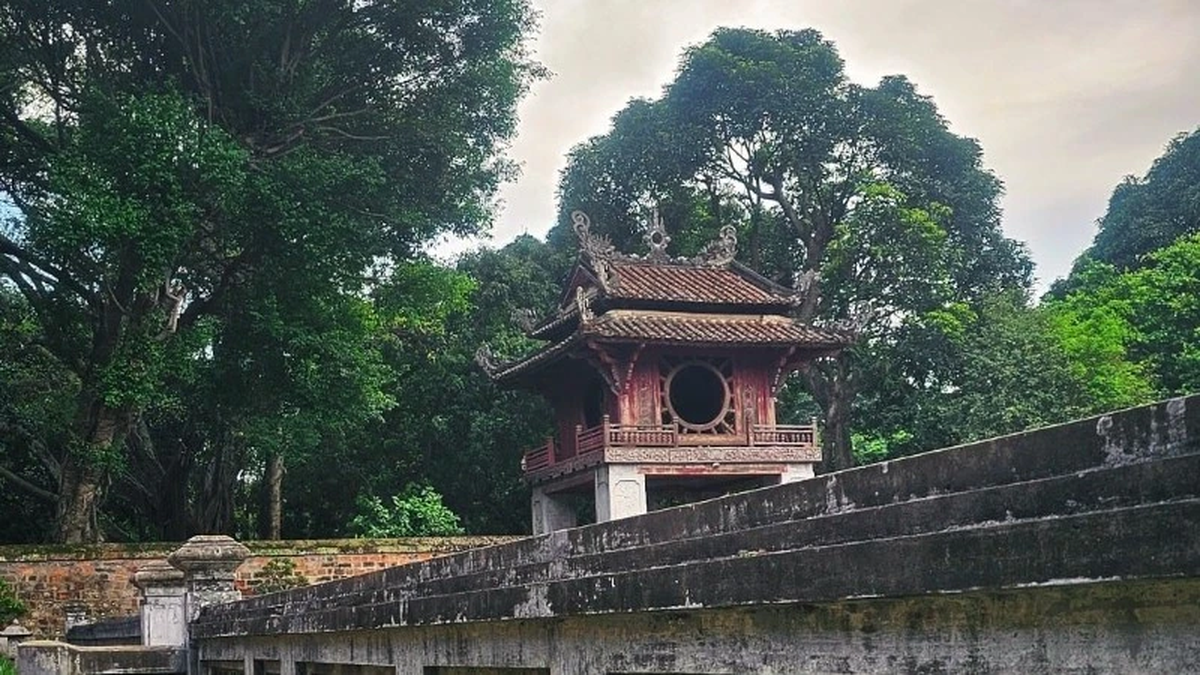
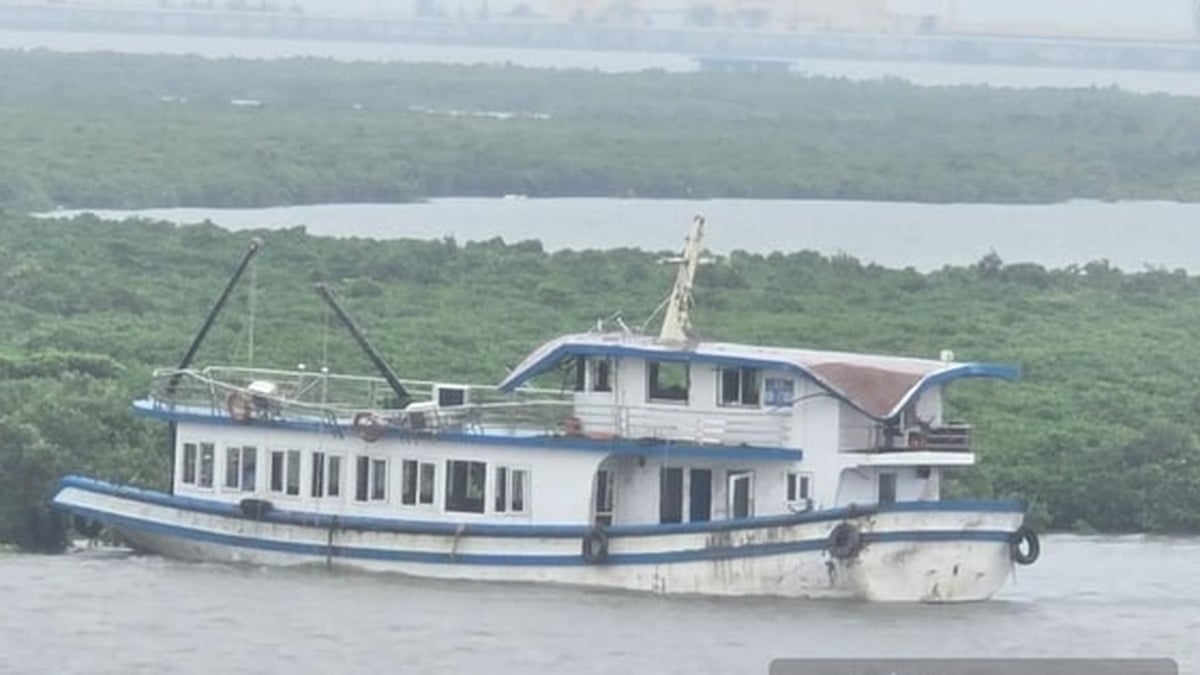
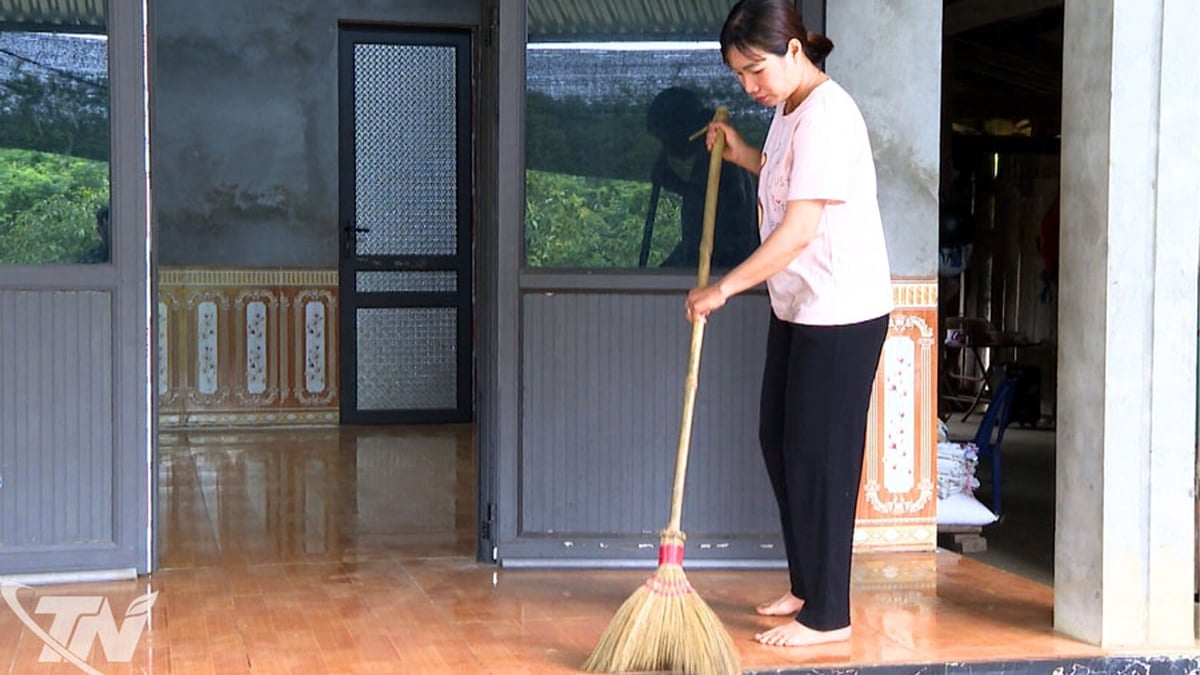

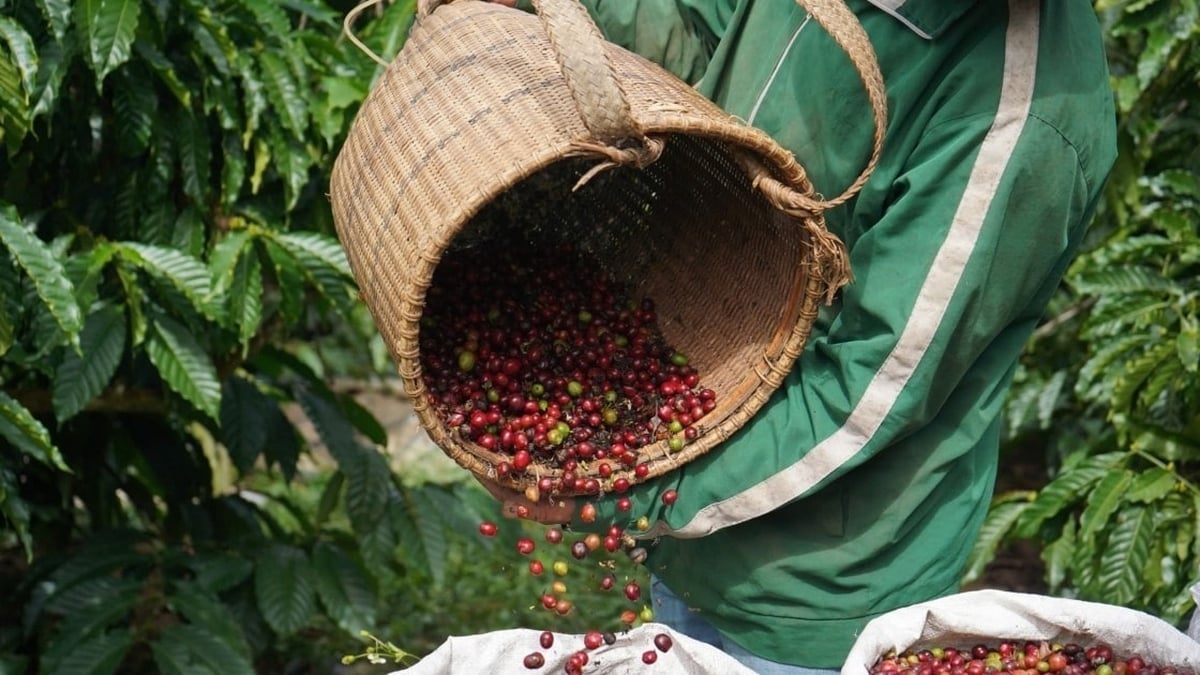












![[Photo] National Assembly Chairman Tran Thanh Man visits Vietnamese Heroic Mother Ta Thi Tran](https://vphoto.vietnam.vn/thumb/1200x675/vietnam/resource/IMAGE/2025/7/20/765c0bd057dd44ad83ab89fe0255b783)






































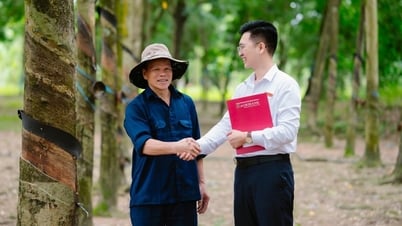
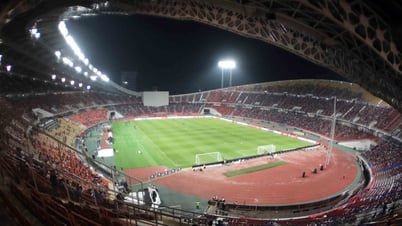

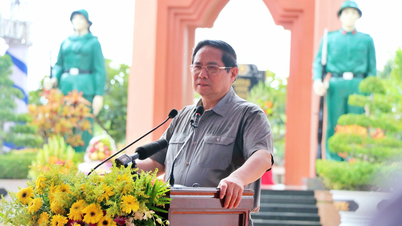
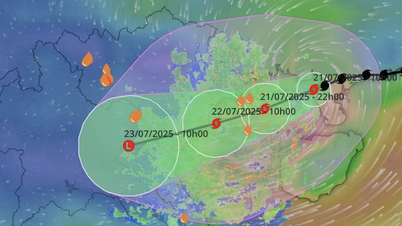

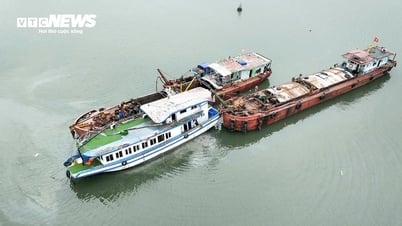


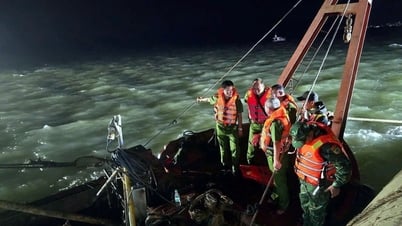
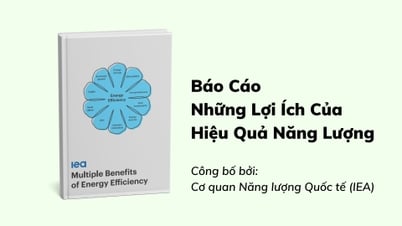





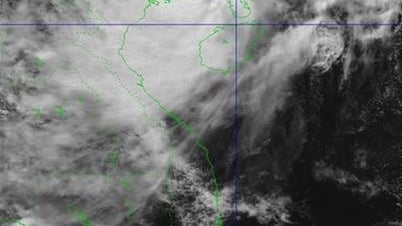



















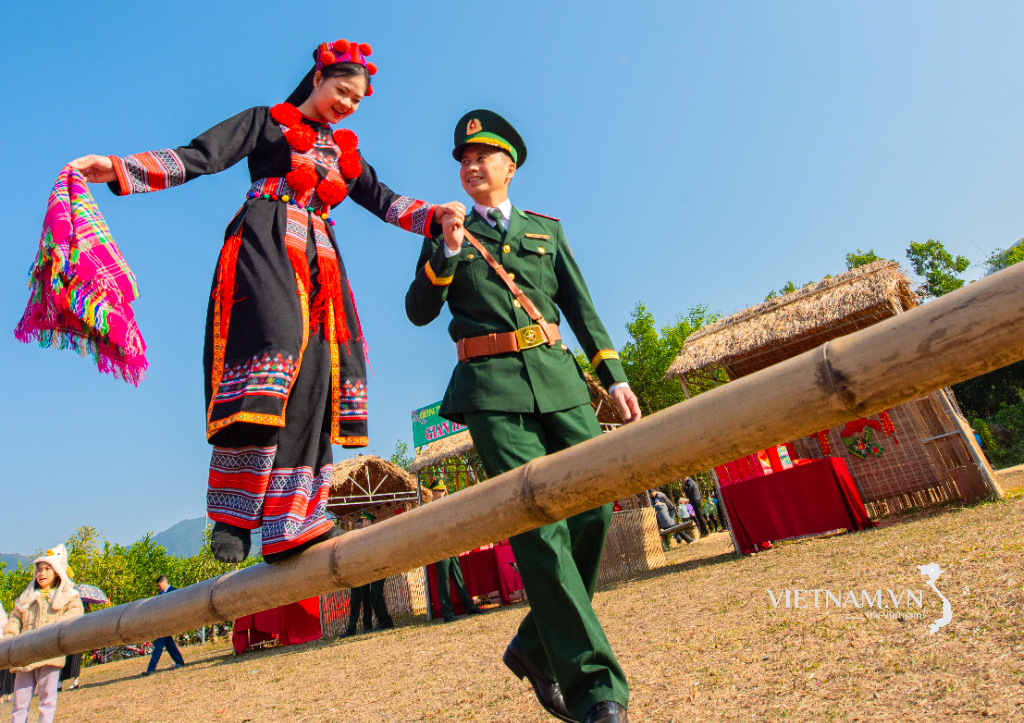
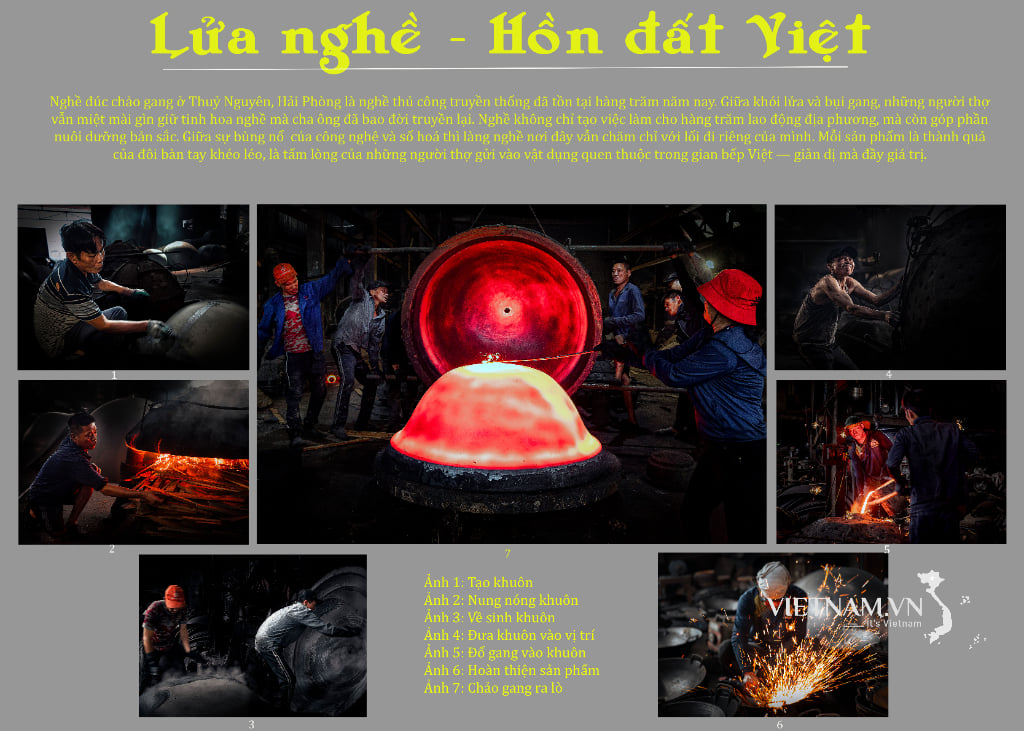
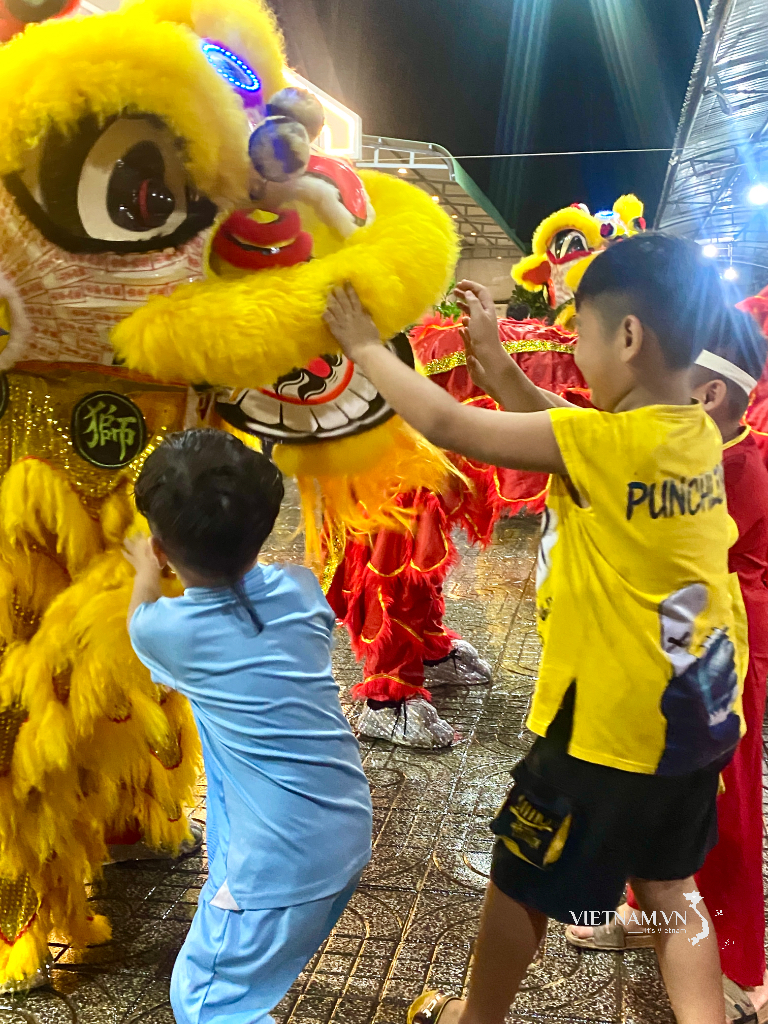
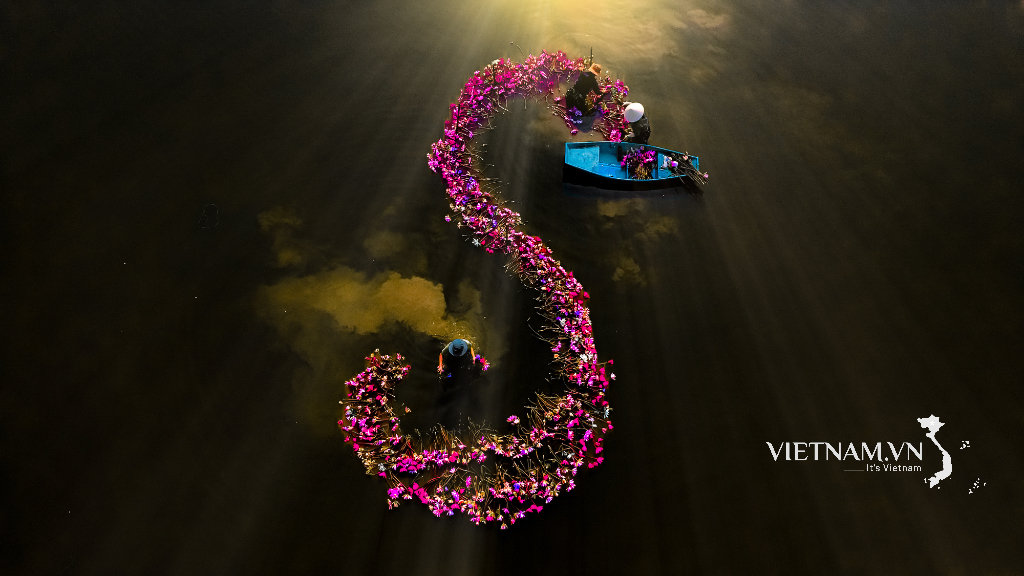
Comment (0)